Not all coverage is created equal
It used to be such a great feeling to secure coverage in a top target publication; great for us and great for our clients.
We call it “The Thud Factor”: the satisfaction of throwing the paper featuring your company’s name down in front of your senior management team with an almighty thud. Although to caveat, that feeling would quickly fade if anyone ever asked, “Yes, but what does that actually mean?”.

Back in the old days, the big hit list of publications was pretty fixed, and slower to evolve. Now, the landscape has changed beyond recognition (thanks, internet). Technology has overseen the ability for anyone to set up a website or become an influencer, an amateur journalist or content creator. It’s enabled people to consume news and content in an entirely different way. This leaves the question: does the piece of coverage that we secured for you in that big national have the same impact anymore?
These changes have been unfolding for a while. It’s an exciting opportunity for the PR industry to evolve, making sure we are staying relevant and really think about how we do things differently.
There will always be a place for national and regional coverage on traditional news sites, but as digital attention becomes more fragmented across many platforms, channels and devices, it’s not the only route to getting in front of the right people.
The rise of sites not considered “news” in the traditional sense, but industry specialist sites, the ones solely focused on niche topics and areas of interest, with the purpose of serving a specific audience presents us with a huge opportunity. Here at Bottle, we adopt a blended strategy that plays each to their strengths, because a good mix of broad mainstream and focused niche coverage drives both reach and awareness, as well as depth and relevance. And that’s not to say the blend is all online either, print very much still has a place due to higher levels of engagement from the reader according to this Wall Street Journal piece (although admittedly, it is harder to measure).
There’s also a difference in mindset and intent between the two; people looking at news sites may come across an article about the automotive industry whilst in “browse mode” and getting a daily update on news more generally; skimming, jumping from piece to piece. People who seek out sites dedicated to automotive news and opinions, for example, actively seek out that type of content. They’re more likely to be more engaged, and potentially more likely to act on what they’ve read. At Bottle, we’ve noticed in our reporting that coverage on niche sites can be shared up to 95% more times than national coverage.
Placing a highly relevant piece of coverage on a site with an engaged audience can also increase the likelihood of it being shared on social. This is really powerful as this further increase the reach of your coverage. Even better, this second wave of reach is even more powerful because it has been shared by a friend or peer, rather than a brand or publication. So, just because the site the coverage sits on is smaller/newer/more niche doesn’t mean it can’t punch above its weight in terms for you.
Coverage is not - and should not be - the only objective. It’s placing coverage in the right places, so you reach the right people who are more likely to do something as a result of reading it. that piece of coverage (and measuring that). Circulation figures don’t reach the same heady heights as some of the more well-established sites, but you shouldn’t be concerned about reach in isolation anyway. It’s not the (unreliably estimated) size of the audience, it’s what they do that counts.


